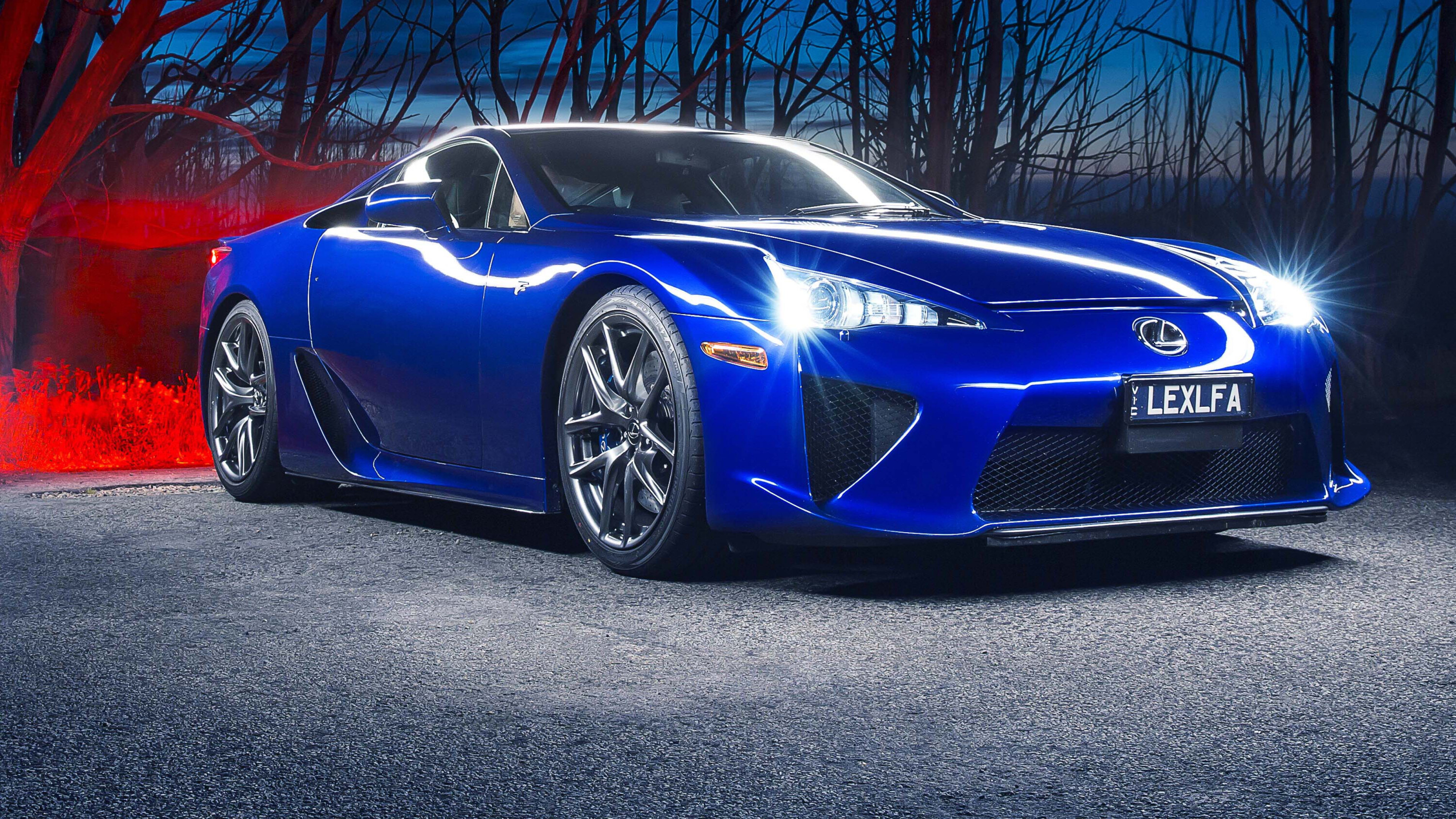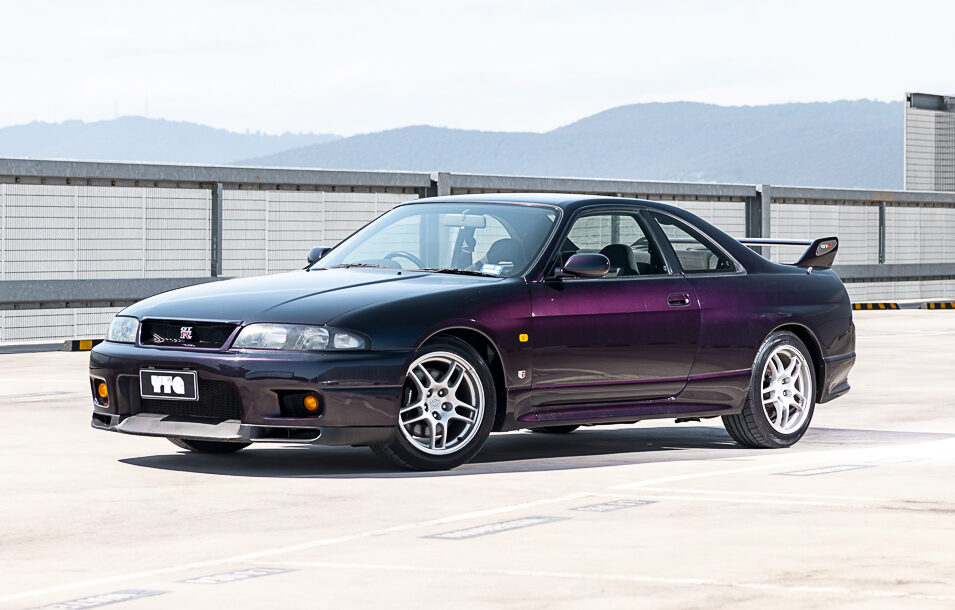Were you to start trying to pin down the greatest performance car ever built by a select group of countries, you’d end up with some genuine icons.
For Britain, you could choose the McLaren F1. For Germany, it could be the Porsche 911. The US has the Chevy Corvette, Italy has the Ferrari F40, and France the magnificent Bugatti Veyron.
But Japan? You could make a case for the Nissan GT-R line, the Mazda MX-5 or the Honda NSX, but in truth, the answer is none of the above. It’s the astonishing Lexus LFA. And it may always and forever be the Lexus LFA.
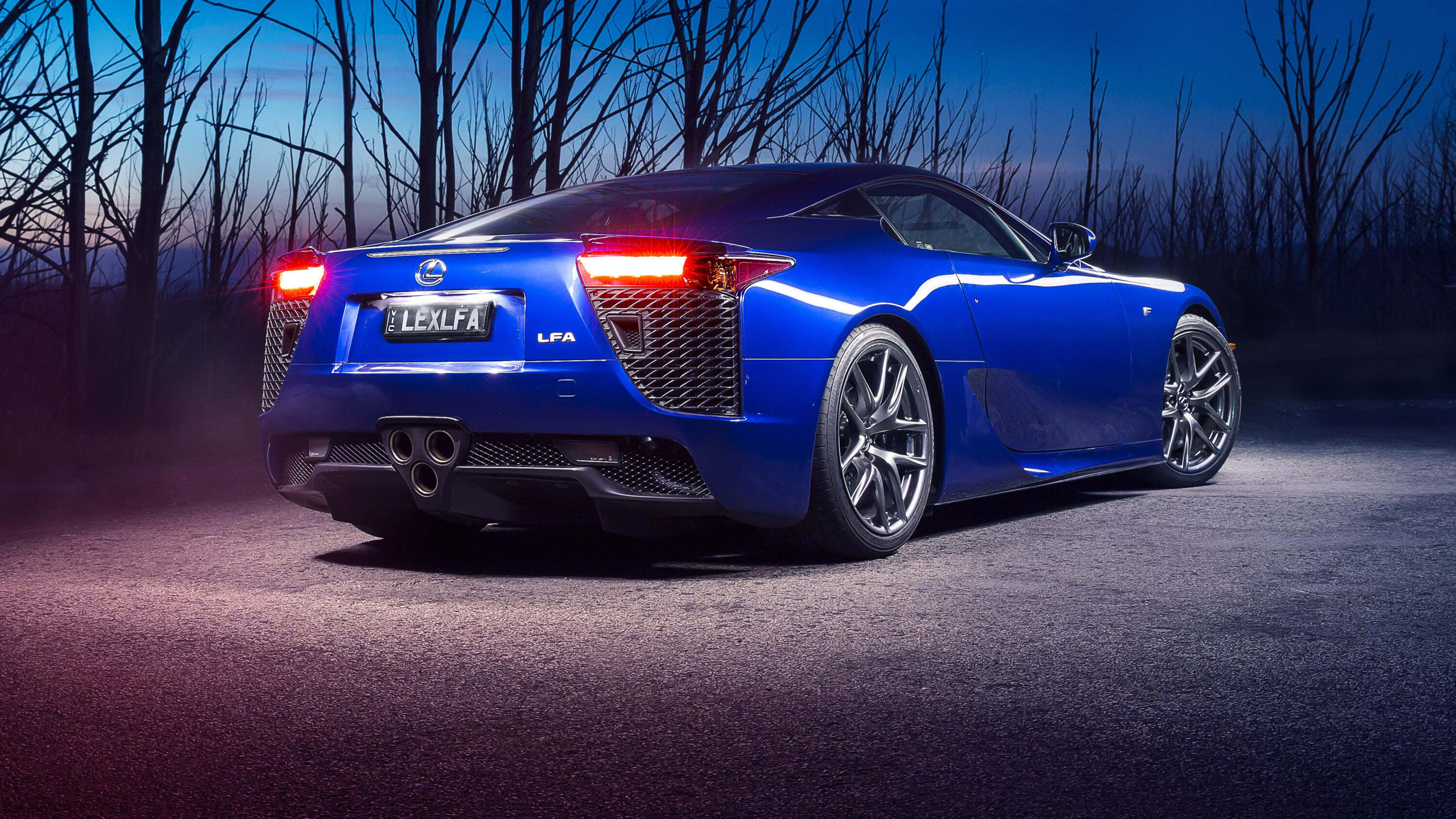
A true, no-holds-barred statement of capability? That took a constellation of stars to align
What makes that fact even more astonishing is that the LFA is the only supercar that Lexus has ever built. Yes, we’ve had perfectly creditable offerings such as the LC and the IS F, but a true no-holds-barred statement of capability? That was an idea that required a constellation of stars to align.
Tracing the genesis of the LFA leads us to a bar in Hokkaido. Haruhiko Tanahashi, developer of the ST165 Celica GT-Four, realised that the nearby Shibetsu proving ground would be the perfect place to develop a supercar. Tanahashi managed to tentatively attract the interest of his boss, TMC’s top vehicle engineer Tetsuo Hattori.
Later that year, he’d recruited TMC’s chief test engineer Hiromu Naruse to the ‘Project 680’ and, after a bunch of rough napkin sketches, they formulated the idea for a front-engined, rear-driven coupe. The brief was simple: create a vehicle which showcased Lexus engineering and quality.
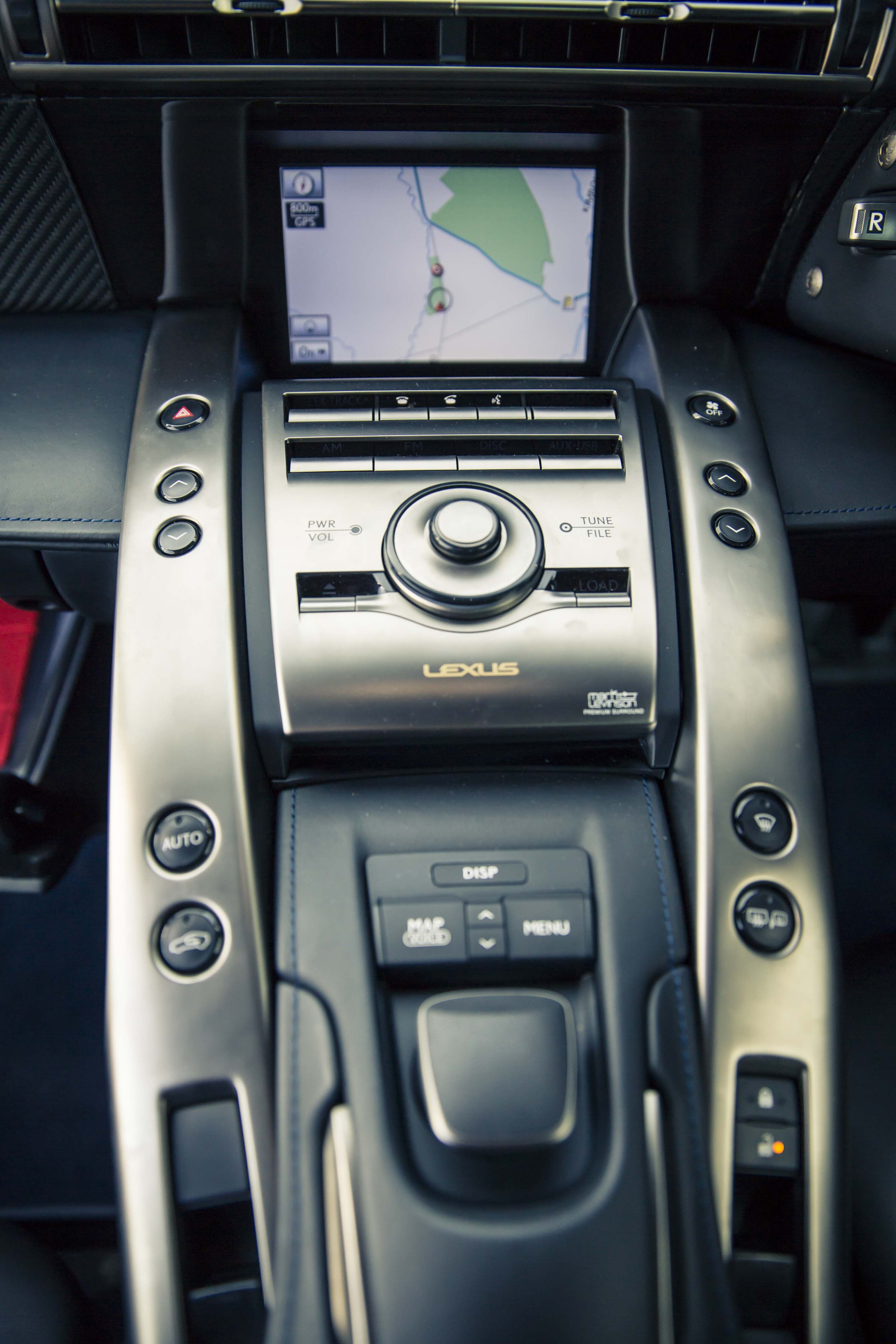
It had to thrill the enthusiastic amateur yet still deliver for the more capable driver.
As the pair exchanged ideas, one very clear and somewhat humbling truth emerged: neither Tanahashi nor Naruse had the organisational clout to drive this project off the back of the napkin.
Fortunately, they knew someone who did. In any other organisation you’d probably call Akio Toyoda the ultimate nepo baby, grandson of Kiichiro, who founded the company, and son of Shoichiro. That would be to underestimate the way Akio had envisioned and enacted his role.
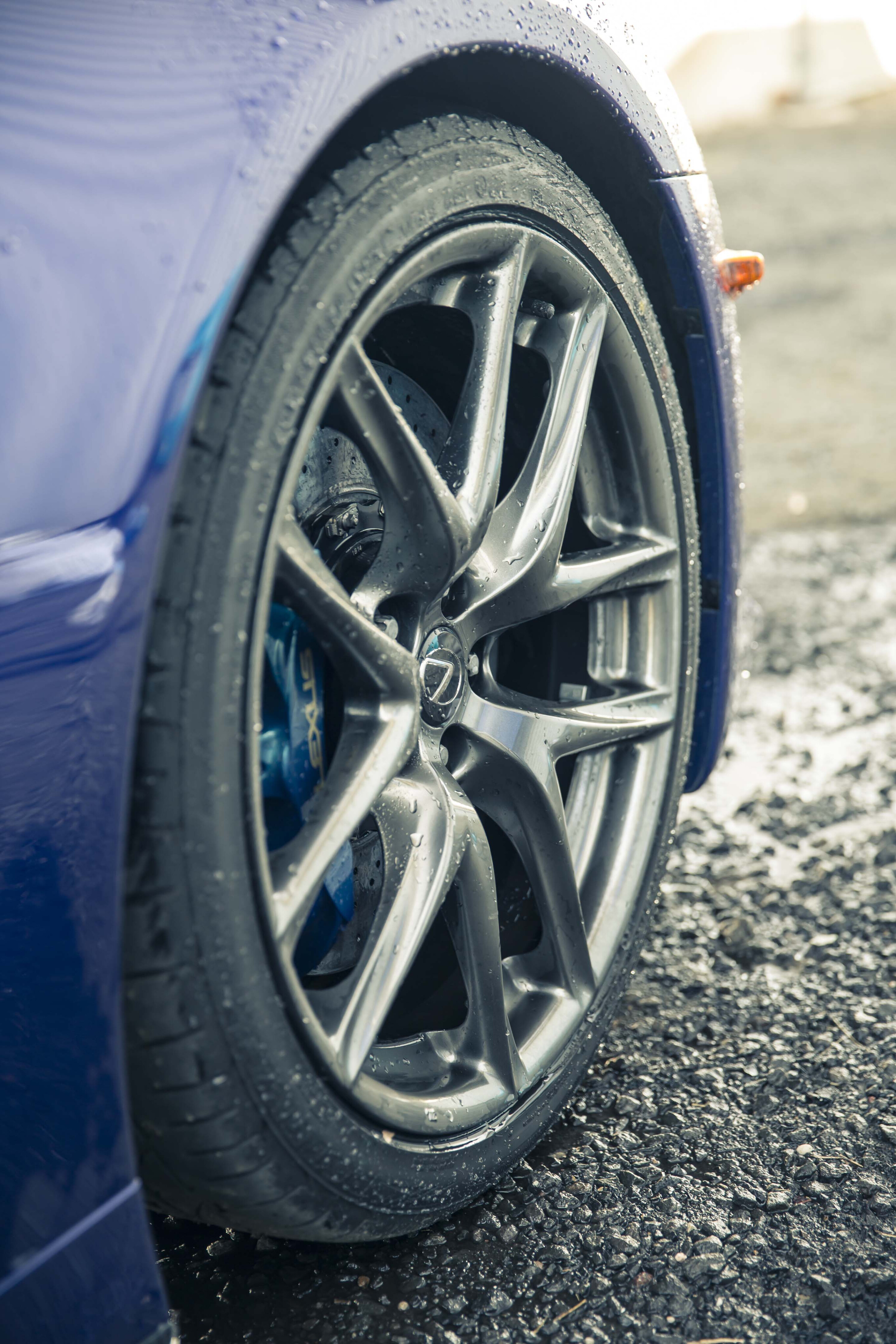
Rather than follow the engineering foundations of his forefathers, Akio was a businessman first and foremost, with a keen understanding of brand equity.
There’s a certain irony about the most over-engineered car in the company’s history recruiting a man with no engineering training whatsoever, but then there’s skill in being able to delegate to the right people.
It was Shoichiro and his cousin Eiji who founded the idea of the Lexus luxury arm. That much is well documented. What’s not so widely appreciated is that Lexus was not a badge sold to the Japanese domestic market. In that regard, the LFA arrived at a serendipitous moment.
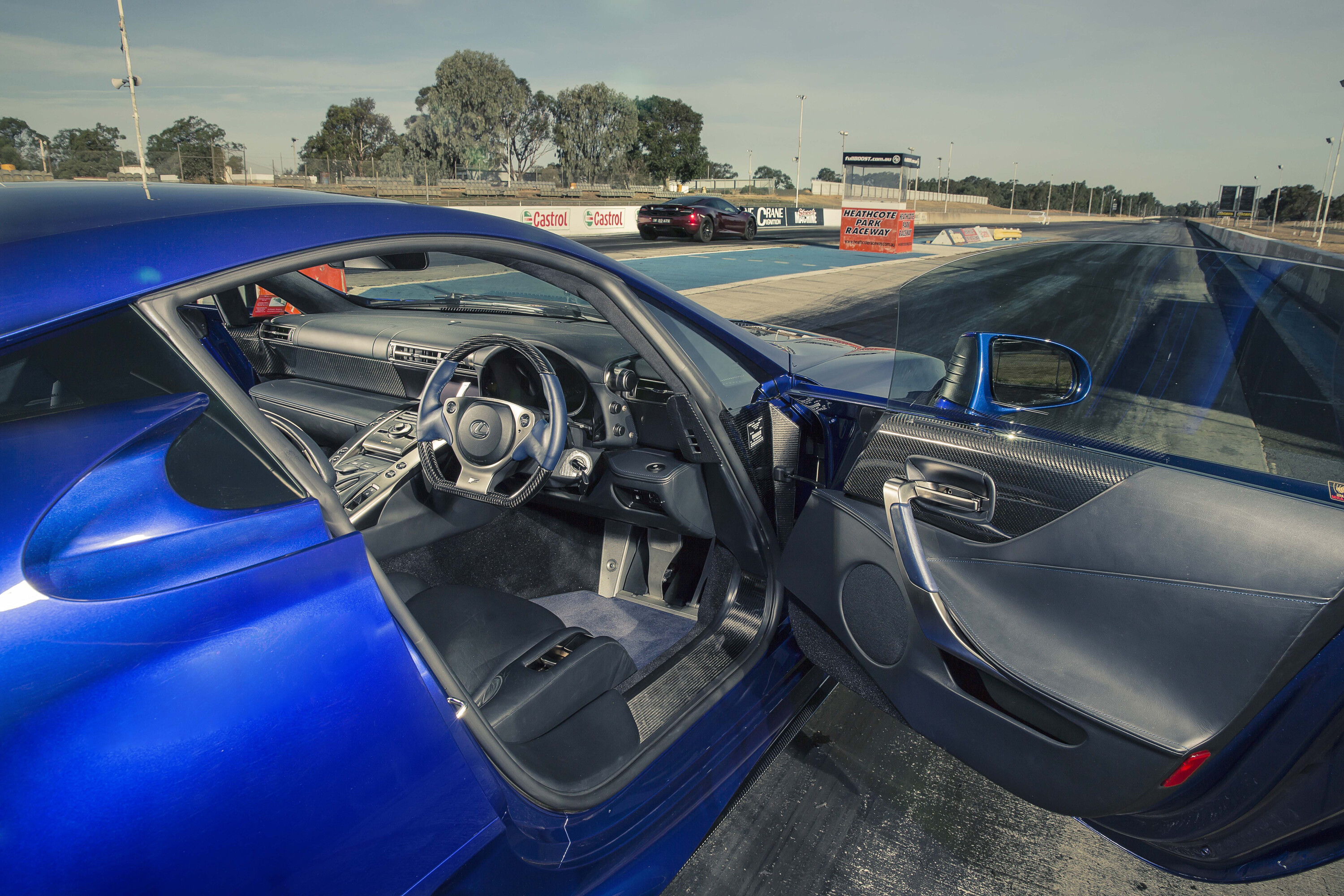
While Akio would eventually ascend to run the Toyota conglomerate, at the time that Tanahashi and Naruse were hatching their plans for the LFA, he was playing golf in the US.
What Akio did have going for him was his obvious family connections and sway with the board, as well as representing a voice in the business that looked to reintroduce dynamism and a certain desirability to the brand. But in 2000, as he was returning to take a place on the board, Akio had a clear hole in his skill set.
He was better at driving a golf ball than a car. “I don’t want to be preached to about cars by someone who doesn’t even know how to drive,” snorted Naruse.
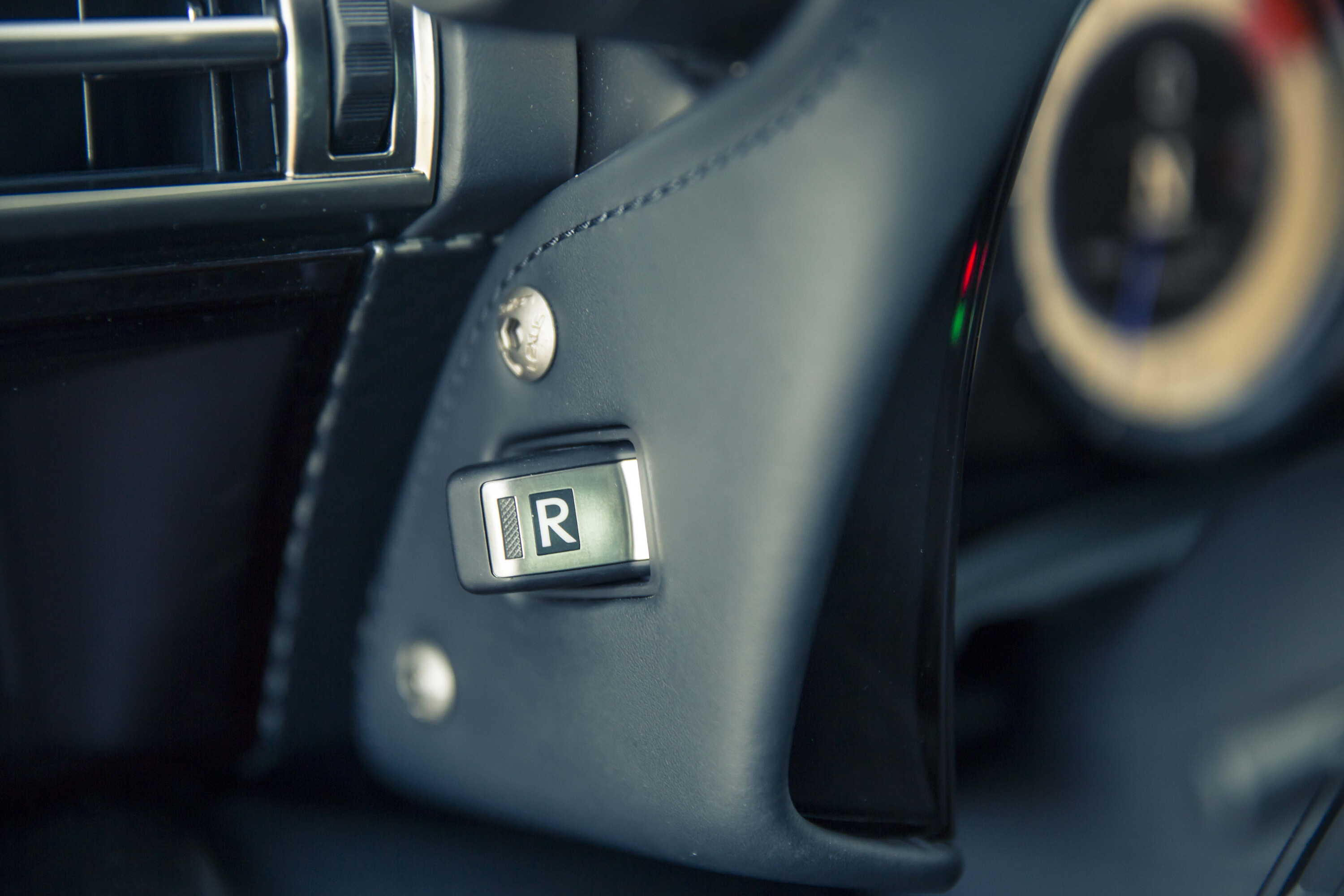
Cue an intensive course in teaching the boss how to pedal. Naruse first taught Toyoda how to brake.
Then how to control a car on snow. How to escape from an overturned vehicle. The curriculum was, in typical Naruse fashion, dementedly thorough. The close-knit team sourced the world’s leading supercars and housed them at a facility within the Shibetsu proving ground, attempting to understand what gave each its individual appeal.
With no sporting heritage behind the brand, the LFA needed to speak for itself. Tanahashi’s diary for July 6th, 2000 reads: “Evaluation drive in Shibetsu. Director says ‘baby sports cars are bad.’ This will be a grown-up sports car.”
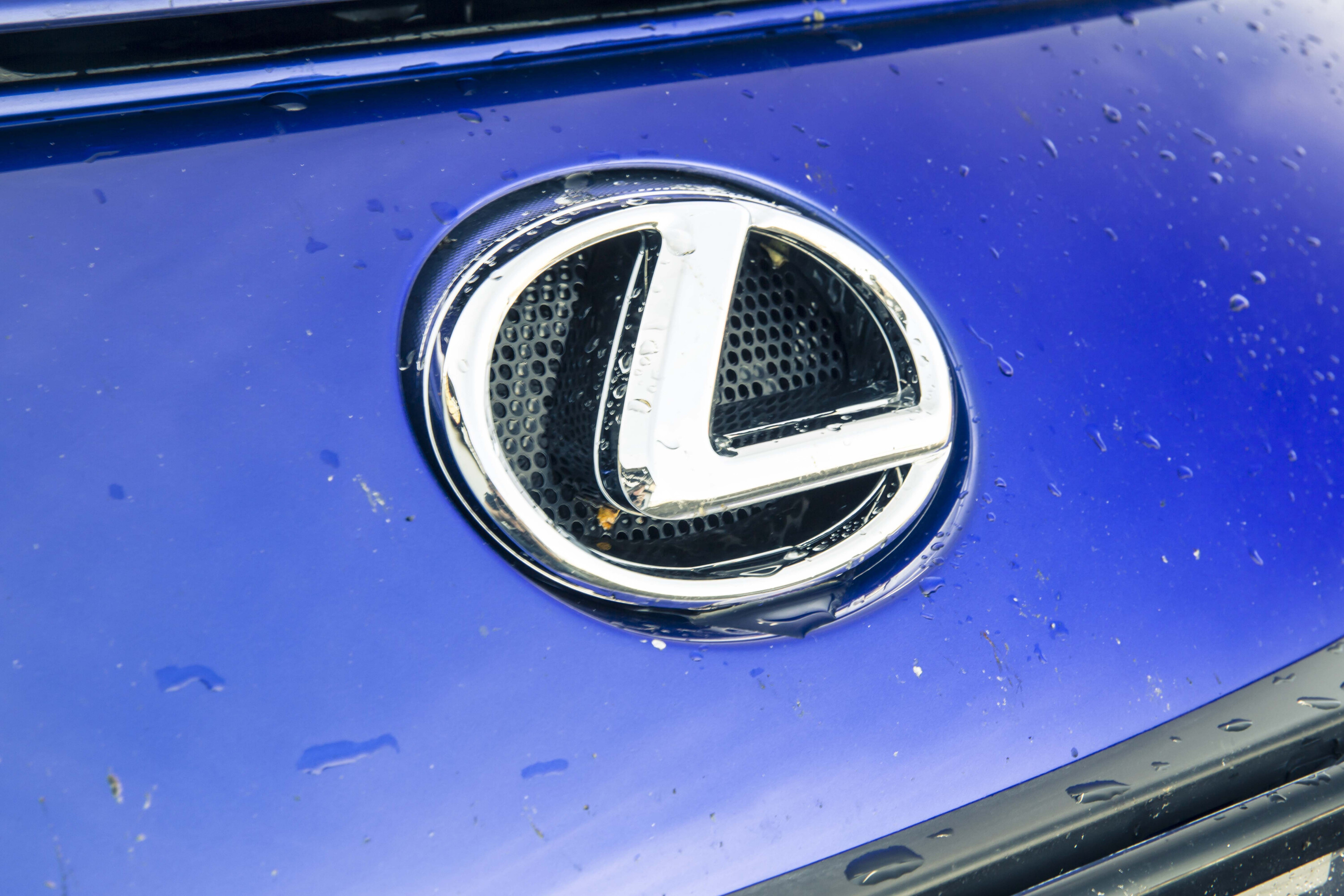
“The more I trained, the more I learned, and I began to understand where the vision could fit within Lexus,” Akio said.
The more he drove the competitor cars, the more Toyoda realised that instead of trying to graft the existing Lexus brand identity into the LFA, this project had the power to do something quite different. It could dictate a new set of values to the rest of the Lexus range.
“Perhaps it could be the secret sauce… the secret sauce that flavours every car,” he figured. That was the light bulb moment when he threw his full support behind the project and began lobbying for it to become an absolutely key part of Lexus’ plans. The plan bombed.
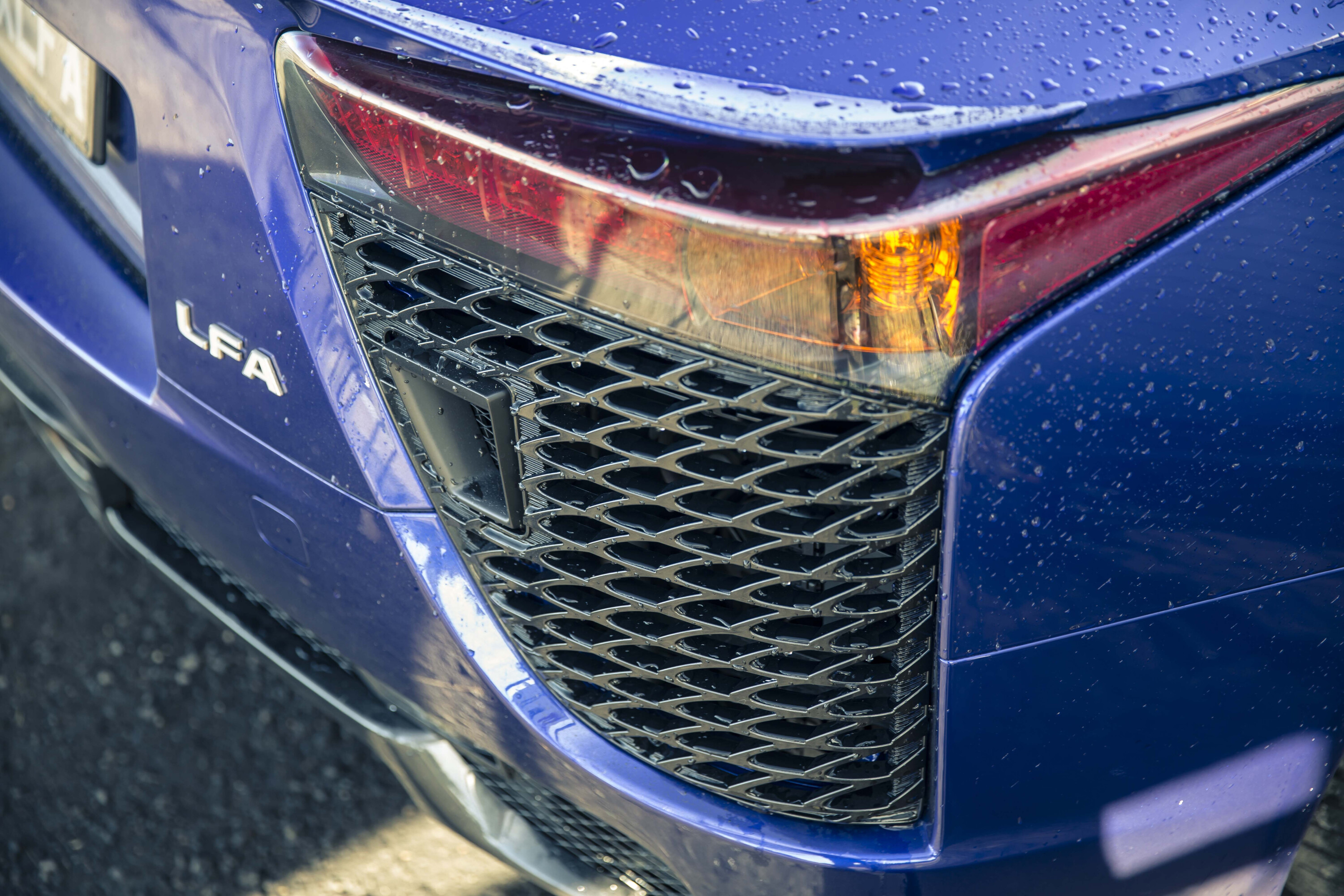
“At a meeting of top management, everyone argued against the LFA proposal. Even people in charge of research and development objected to it,” Akio noted.
A compelling Plan B was clearly required. Drawing on his commercial acumen, Toyoda seized upon the benefits of a halo model, and in order to do this he recruited TMC’s advertising and brand guru, Atsushi Takada.
Takada soon realised the scale of the task before him. “Even the engineers wanted to stop it because of the cost. It required huge resources – all of the components had to be developed uniquely and it would not be possible to repurpose the parts.”
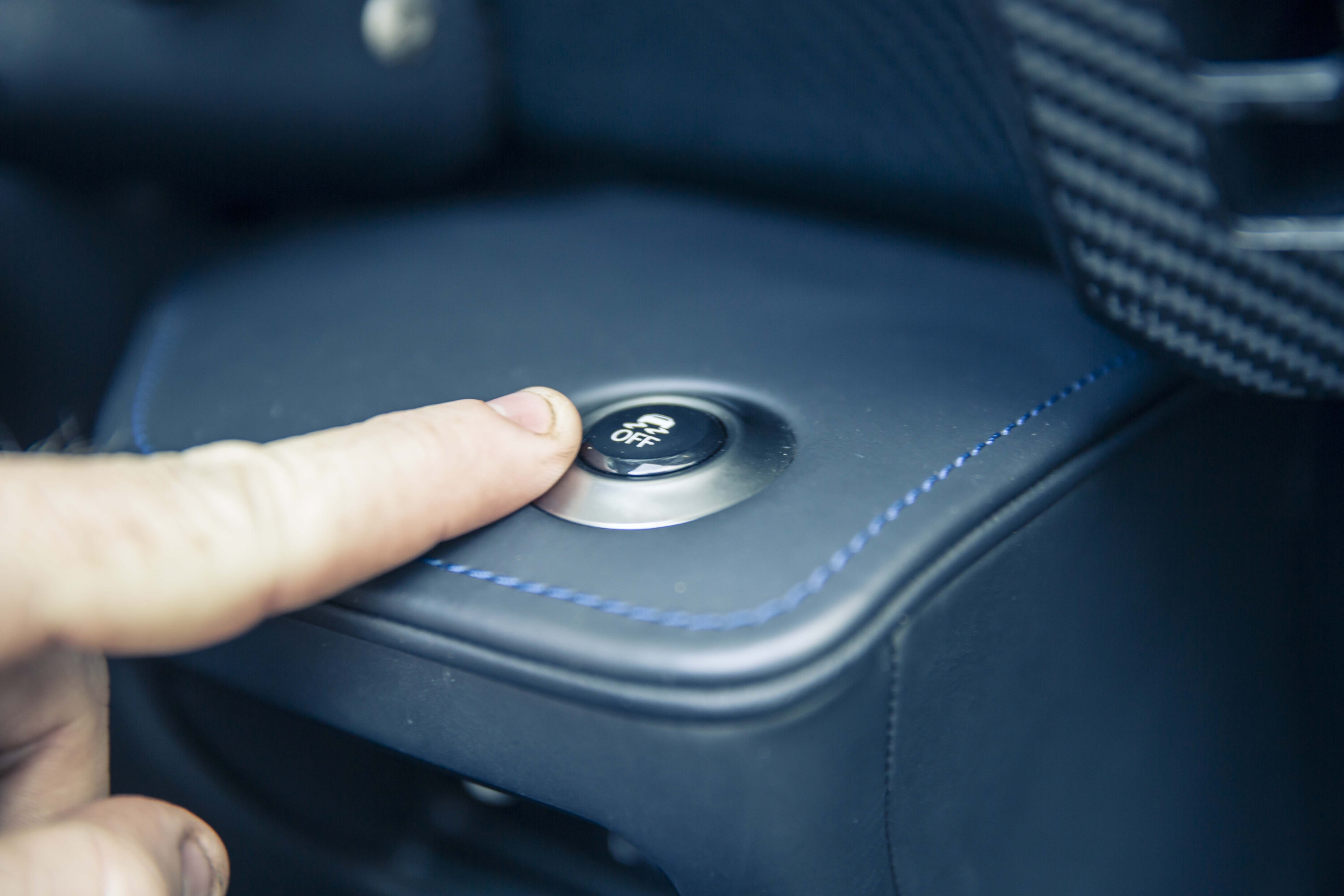
The masterstroke that Takada was able to employ was to convince the board that an extraordinary project could not be judged by the ordinary metrics of ordinary cars.
The LFA was different and justified a more nuanced approach. The project was green lit by the Toyota board, but there was a significant caveat. Production would be capped at just 500 cars. A limited-run model it might be, but that didn’t stop Akio pushing for investment in order to create the halo effect.
Much has been made of the fact that Lexus realised a loss on every LFA ever sold. The LFA’s exact budget was never revealed. Perhaps an element of sunk-cost fallacy began to take hold. Perhaps it was clear that Akio would, before too long, be running Toyota and it might be politically imprudent to slam the brakes on his pet project. But the LFA was engineered without compromise.
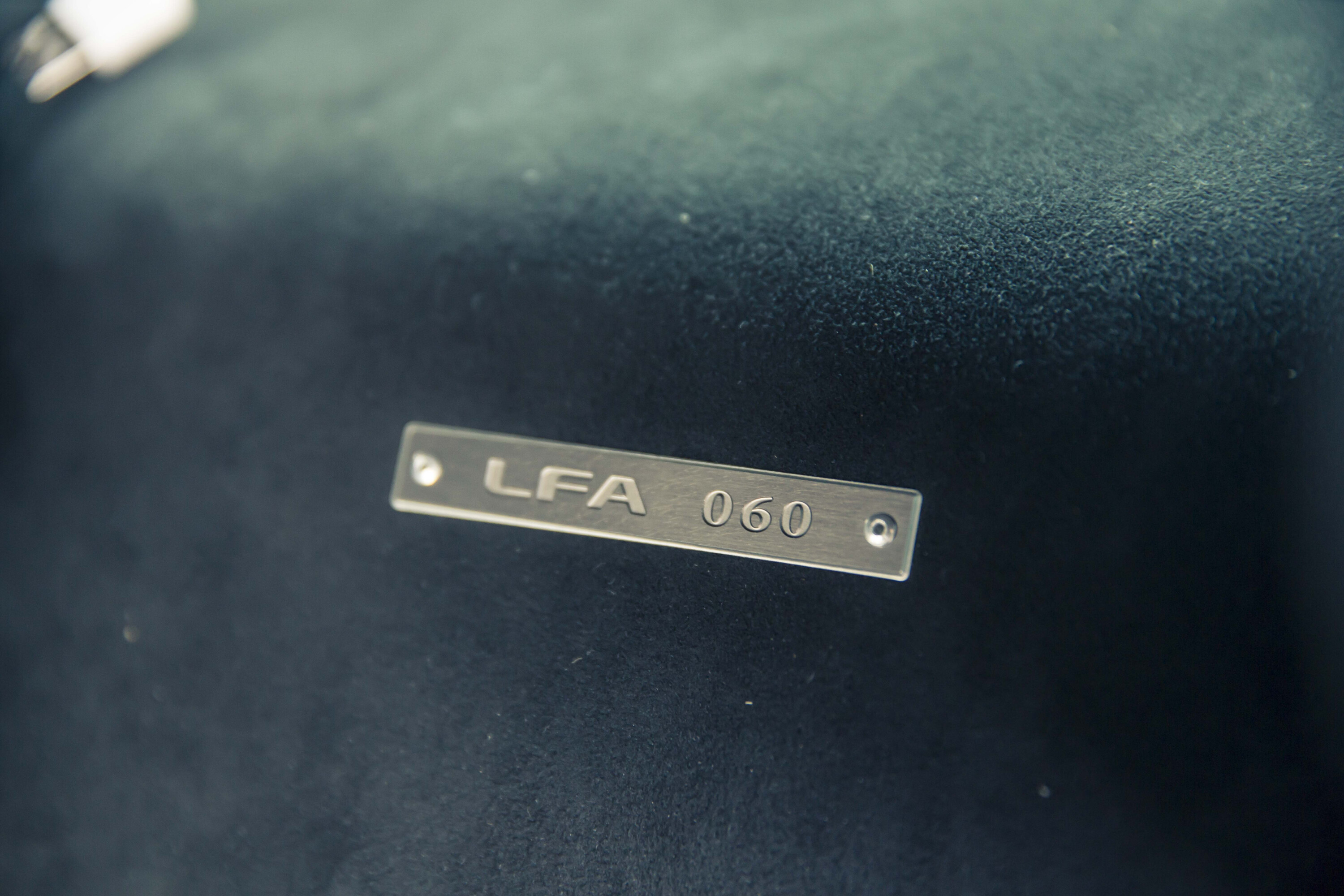
There was no carbonfibre expertise within the company at the time – something that pushed the team to initially go with aluminium for the chassis.
By 2003, it was clear the car needed to shed weight and Tanahashi was told to bring the carbonfibre expertise in-house. The Motomachi plant therefore invested in a vast carbonfibre weaving loom in order to create the hideously complex A-pillar and roof section of the car.
The initial LF-A prototypes, codenamed TXS, were built in June 2003. By this stage, Naruse had become the chief creative force behind the project. It was Naruse who insisted on the Kayaba dampers for the car and the painstaking partnership with Bridgestone to develop the perfect OE-fit tyre.
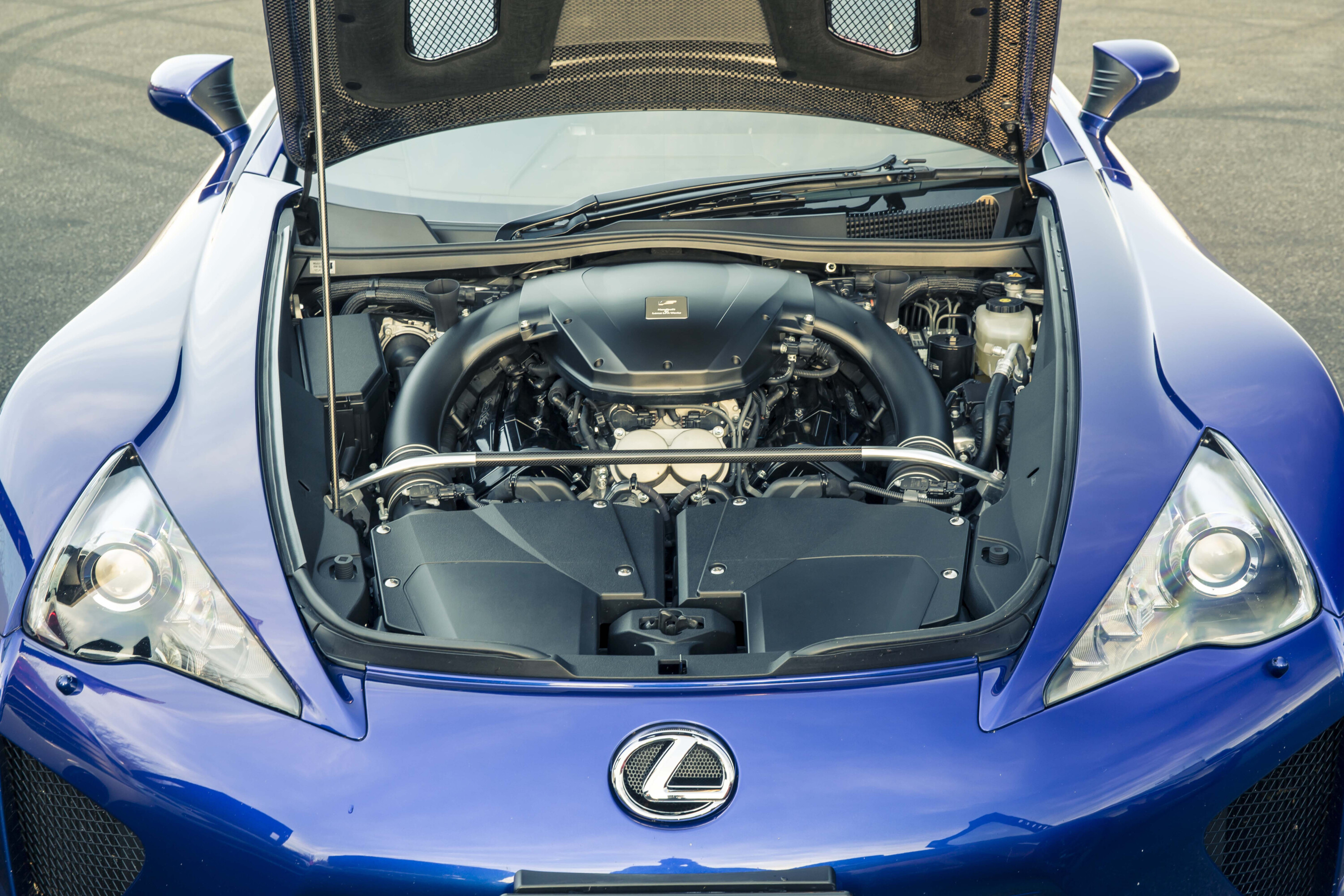
Yamaha famously co-developed the magnificent 4.8-litre V10 powerplant, but it was Naruse who consistently sent the company back to the drawing board to perfect something Yamaha knows a thing or two about: sound.
The first public showing of the LF-A Concept was at the 2005 Detroit Show. Billed as a design study with no production plans, the styling was a collaboration between Toyota and Italian designer Leonardo Fioravanti, most famous for his work with Pininfarina on Ferrari models such as the 308 GTB, 512 BB, 288 GTO and Testarossa.
By January 2007, a second LF-A concept had appeared. The dimensions were subtly different. It was 36mm wider and the wheelbase had eked out by 17mm. Most importantly, the aluminium chassis had been replaced by the hugely expensive carbonfibre tub.
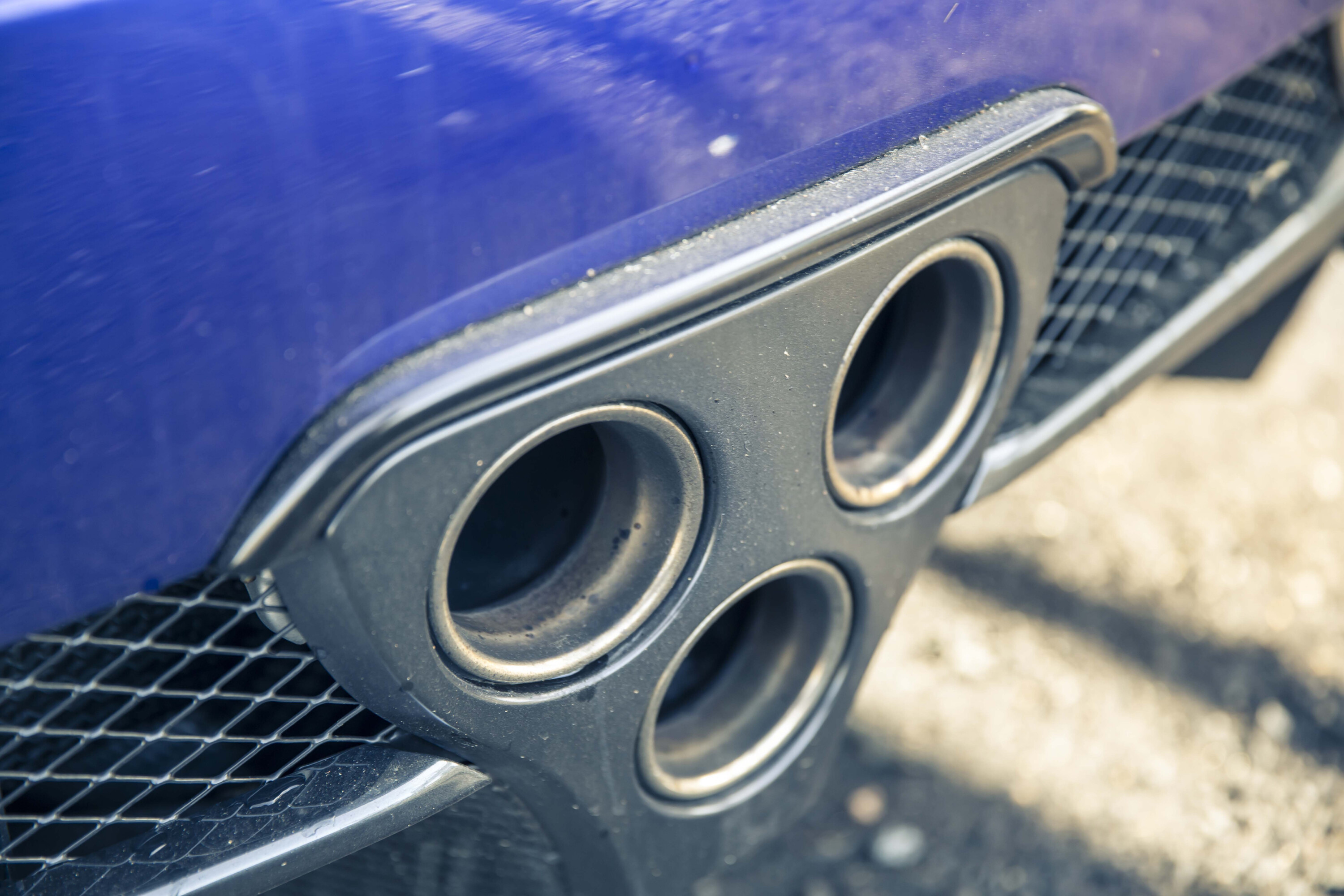
This was clearly a significant step in productionising the car.
Naruse’s next project was to build a race team into which the LFA’s development could be fast-tracked. Cue the birth of Gazoo Racing. In 2007, the team entered a pair of Toyota Altezzas into the 24 Hours of Nürburgring.
The following year, a camo-clad LF-A rolled onto the grid, under the banner of ‘Team LF-A’. Naruse knew the track well, having first competed there as a 28-year-old in the 1970 6 Hours of Nürburgring in a Celica 1600GT.

“When I first drove at the Nürburgring, I instinctively felt both that I had come to an incredible place and that we could use this place for development,” he said.
“However, no one at Toyota recognised the importance of Nürburgring. I think the first Toyota model to be evaluated at the Nürburgring was the original MR2. On the wonderful surfaces of Japanese circuits, it was only possible to understand about one-tenth of the car; the Nürburgring enabled us to see everything. It made it impossible to deceive ourselves.”
The press were all over the LF-A. ‘Super Supra” headlines abounded and while the LFA finished a lowly 121st, much was learned from the endeavour. The following year, the car was raced under the Gazoo Racing banner with none other than Akio Toyoda part of the four-driver team.
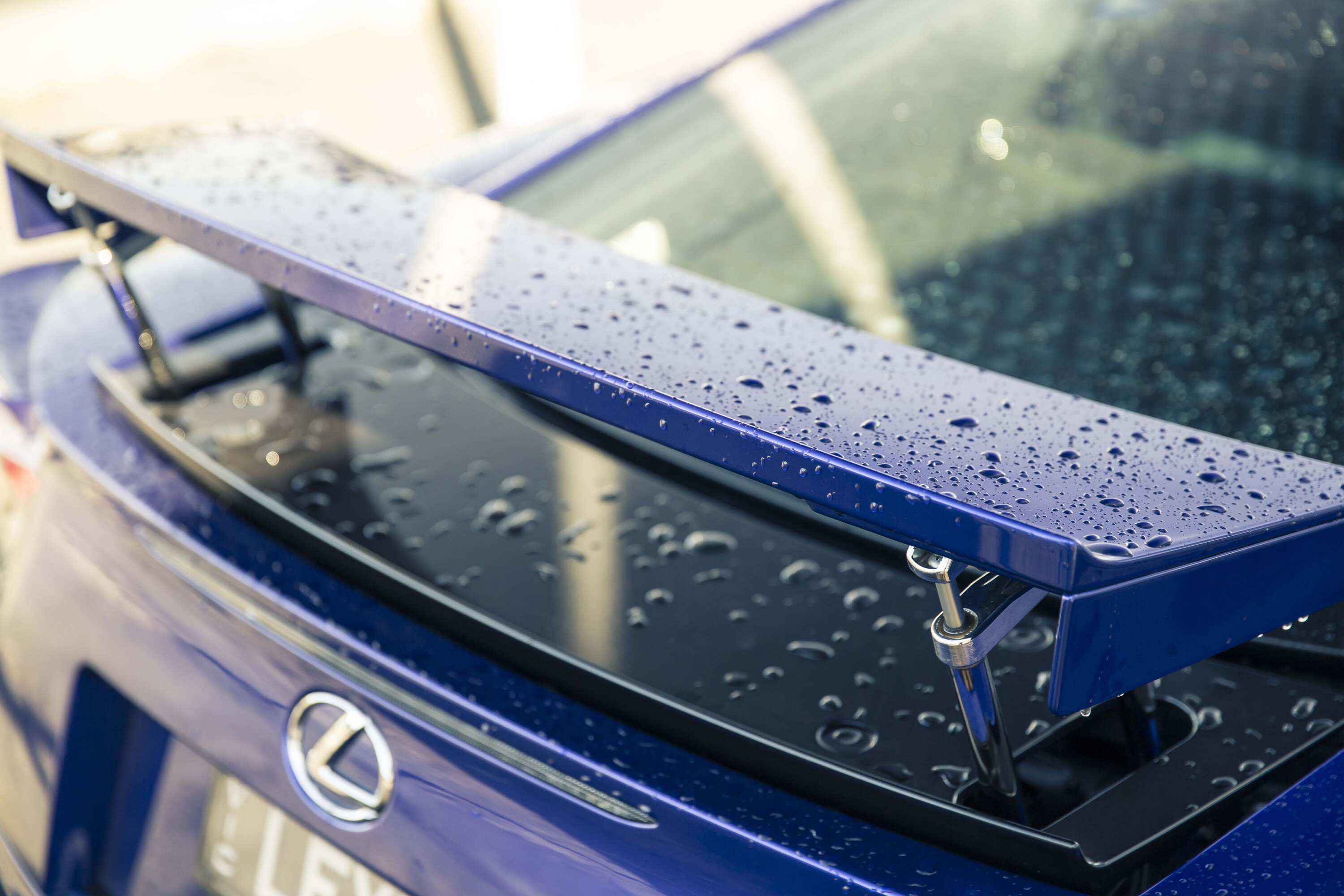
Super GT champion Akira Iida fed back data on the LF-A’s limit handling under repeated stress. Toyota executives saw Akio Toyoda, racing under the pseudonym Morizo, risk everything to stamp his commitment to the project.
The rest is history. Toyoda was named president the following January and the production version of the LFA made its official debut at the Tokyo Motor Show in October 2009 (note the deletion of the hyphen for the production variant). But that wasn’t the end of the LFA’s story. Not by a long chalk. Naruse characteristically wanted more.
His demands were accommodated with the LFA Nürburgring Package – a series of 50 road-legal cars optimised for circuit use. This featured a 7kW power boost (lifting peak power to 420kW).
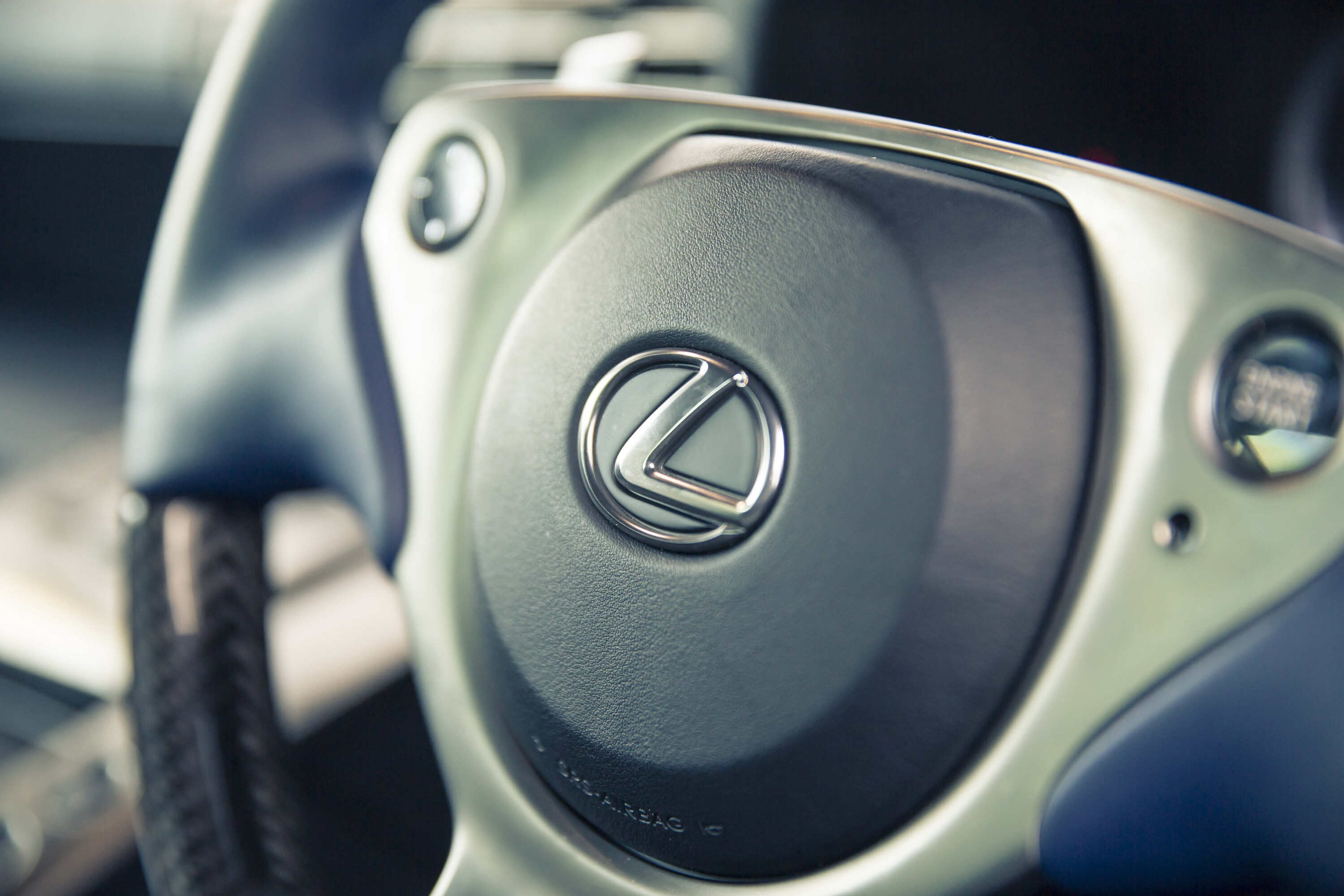
The transmission was recalibrated to deliver quicker shifts, weight was taken out of unsprung mass using magnesium BBS wheels, while a series of subtle aero modifications increased downforce by up to 33 percent over the standard LFA.
Naruse would never see his car reach customers. On 23 June 2010, Naruse took one of the LFA Nürburgring Package cars for a run on public roads near the Nordschleife, ran wide on an innocuous-looking sweeper and impacted a 3 Series head-on.
The two BMW employees were seriously injured but would stage a recovery. Naruse died immediately. The spot, near the small village of Boos, is today marked by a Japanese weeping cherry tree.
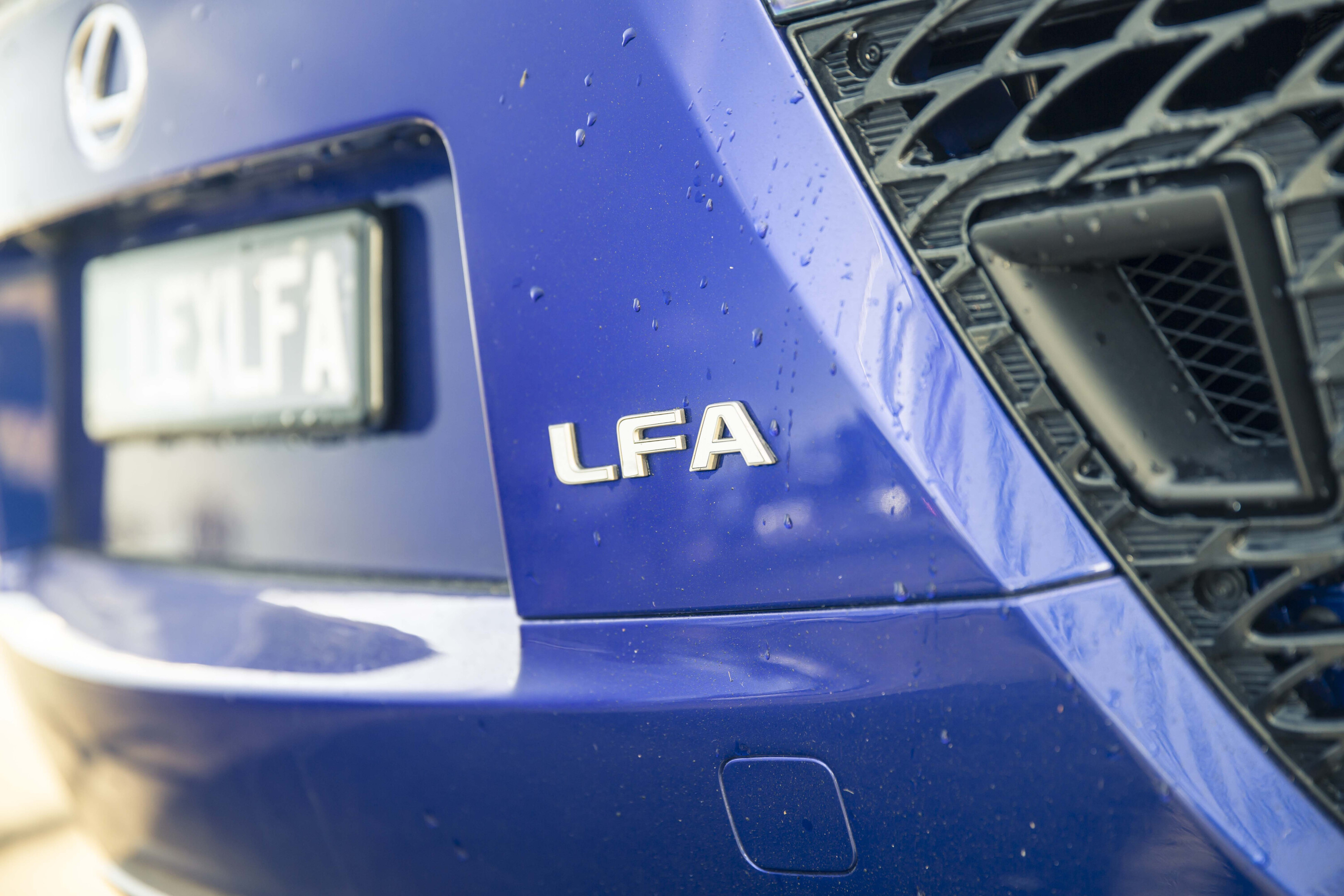
Toyoda was shattered at the loss of his mentor and there was a very real possibility that Gazoo Racing would be closed. Upon reflection, it was decided that Naruse would want the team to continue his work.
The LFA returned to the Nürburgring 24 Hours, finishing third in class in 2011 and taking a class win in 2012. The filthy, battle-scarred 2011 race car now sits proudly within the Toyota Kaikan Museum in Toyota City. A few feet away, in a glass cabinet, hangs a black Nomex racing suit with the “H. Naruse” monogram on the belt. Along with his helmet and gloves, and two Nürburgring trophies, it never leaves the race car.
The order bank for the LFA opened on 23 October 2009, with buyers carefully vetted in early 2010. Production began in December 2010, the configurator allowing a multitude of customisations to the extent that Lexus claimed 30 billion possible permutations.
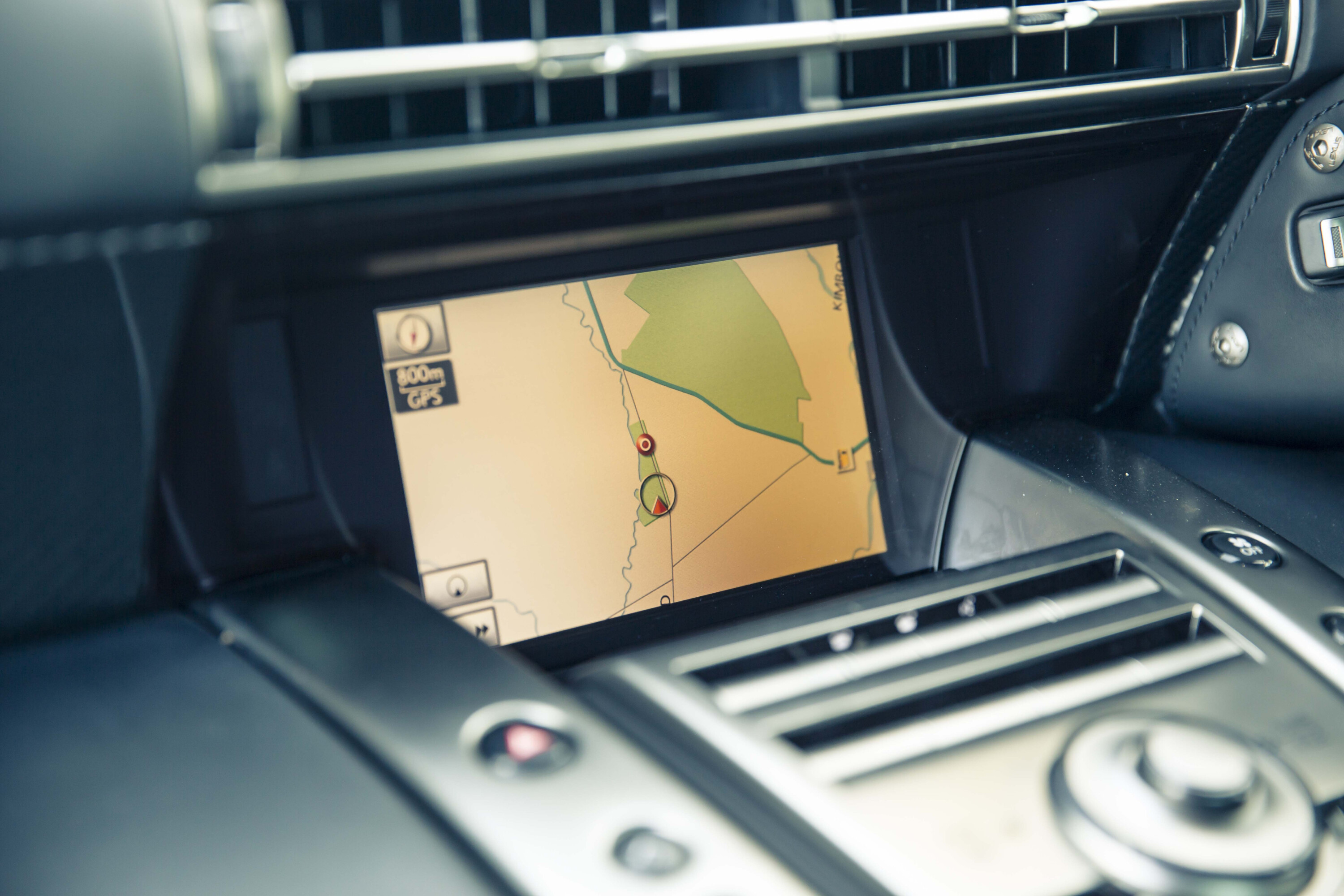
The list price? $375,000 US dollars, or more than a Ferrari 599 at the time.
It’s therefore perhaps unsurprising that sales were hard to come by, with some cars staying on dealer floors for years before the market cottoned on to the intrinsic worth of these incredible supercars.
Production ended on 14 December 2012, with the last car finished in white and equipped with the Nürburgring package. There’s still appetite within Lexus to build another LFA but Akio Toyoda is no longer the president of Toyota, having stepped down in 2023.

If he had his way, another special car would be in the works. “In Japan there is the Ise Shrine,” Akio says.
“It is rebuilt every 20 years as part of the Shinto belief in the renewal of nature. The purpose of its rebuilding is to pass on skills to a new generation.
“In the 1960s we built the 2000GT sports car. In the 1980s we had the Supra. In 2000, the 20-year cycle should have continued but too many people at the time were interested in volume and sales, not in a special car. So we missed the turnover and now it has been 30 years. We will never catch up but in 20 years’ time we will come up with another new supercar. It will serve as a challenge for the next generation.” So never say never…
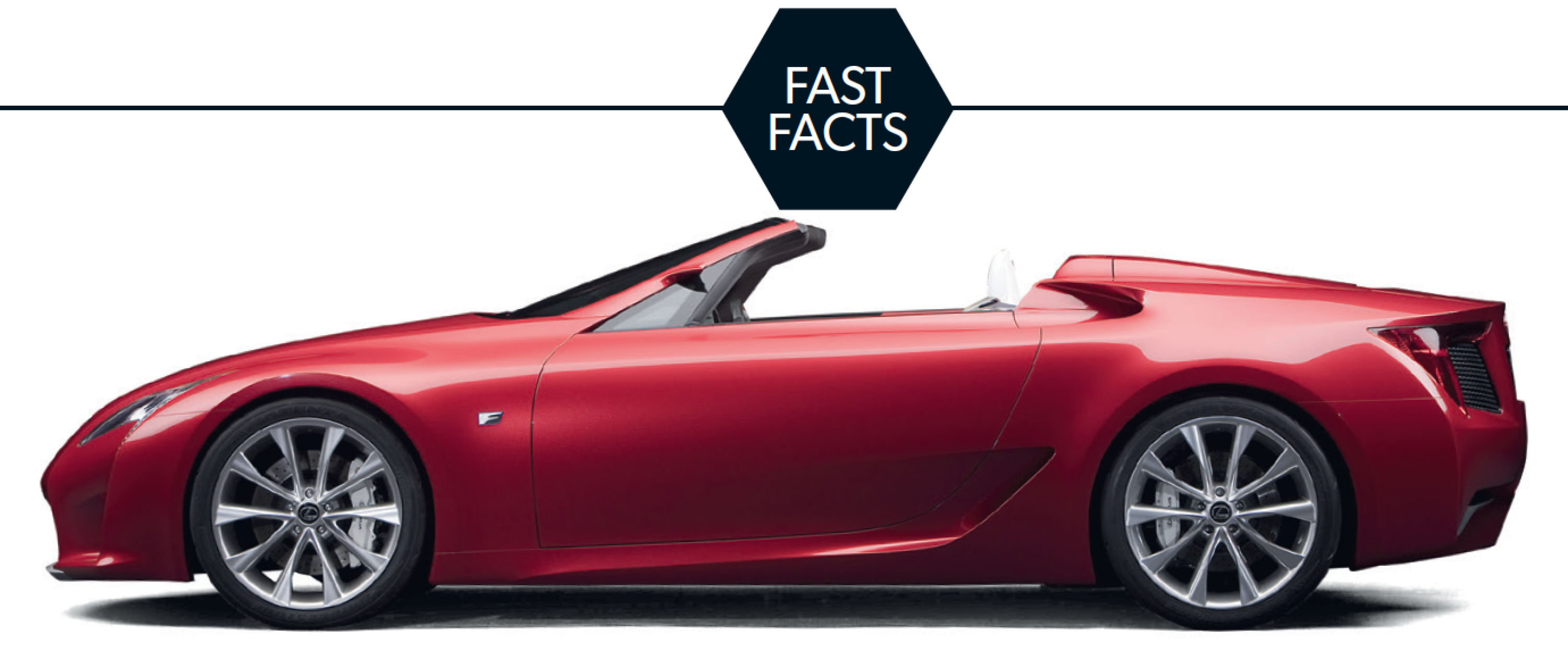
Wait, what? There was an LFA drop top? Yep. It appeared in January 2008 at the Detroit Show and had been papped by spy photographers on the Nordschleife in October 2005.
Originally designed to showcase the torsional stiffness of the carbonfibre body, it also appeared at the Geneva Show, the Pebble Beach Concours d’Elegance and the US Open golf tournament in 2008.
The one-off LFA Spyder even debuted the pop-up rear spoiler ahead of the production LFA coupe.
| Lexus LFA specifications | |
|---|---|
| Engine | 4805cc V10, dohc, 40v |
| Max power | 412kW @ 8700rpm |
| Max torque | 480Nm @ 7000rpm |
| Transmission | 6-speed automated manual |
| Weight | 1480kg |
| 0-100km/h | 3.7sec (claimed) |
| Price (now) | from AUD $1.8m |
We recommend
-
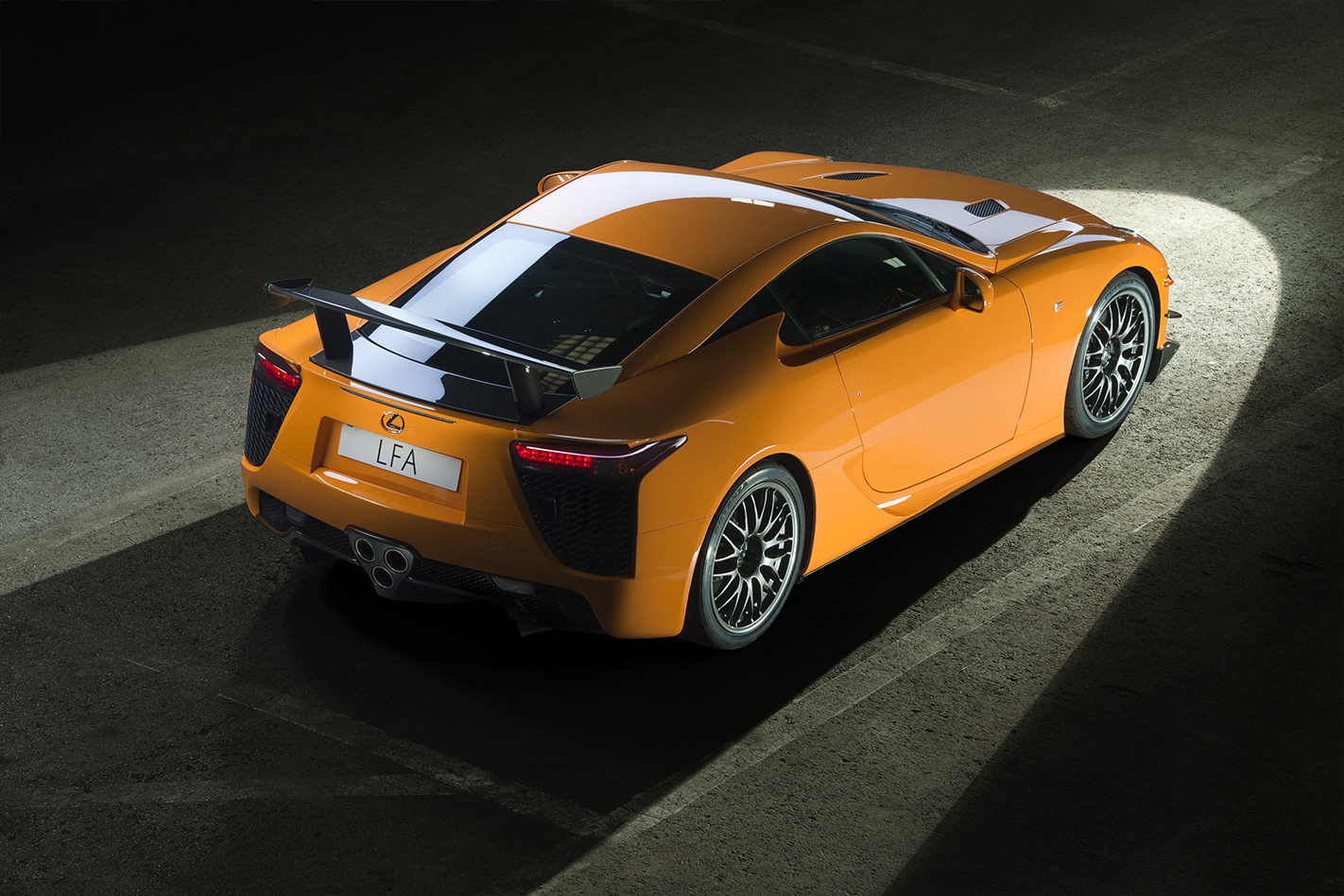 News
News2025 Lexus LFA: Supercar could return with hybrid twin-turbo V8
The Japanese marque may be planning to bring back its cult supercar, with big power figures rumoured
-
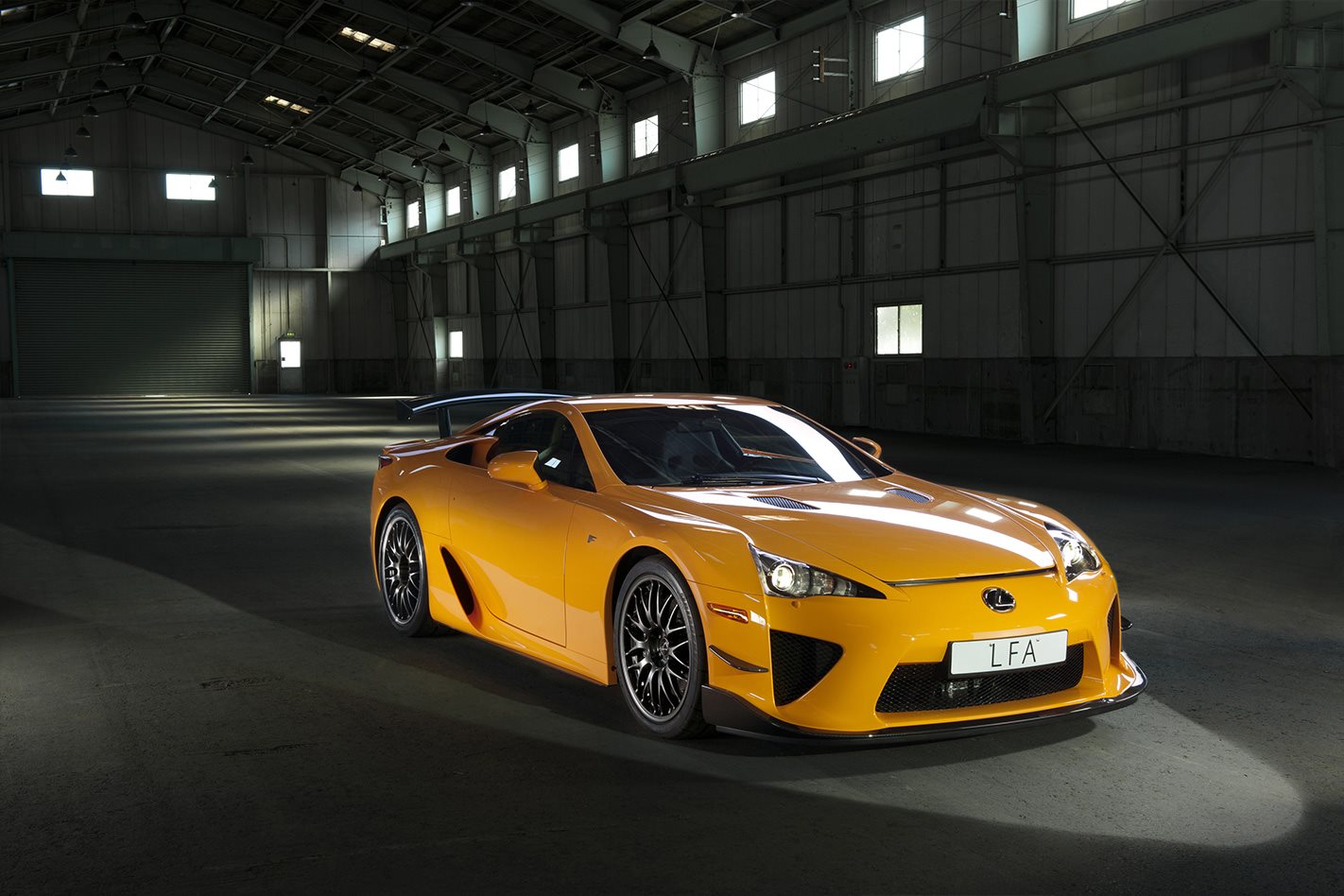 News
NewsLexus LFA Nurburgring Package stars in dream auction
A Lexus LFA Nurburgring Package is up for sale, expected to break sales records.
-
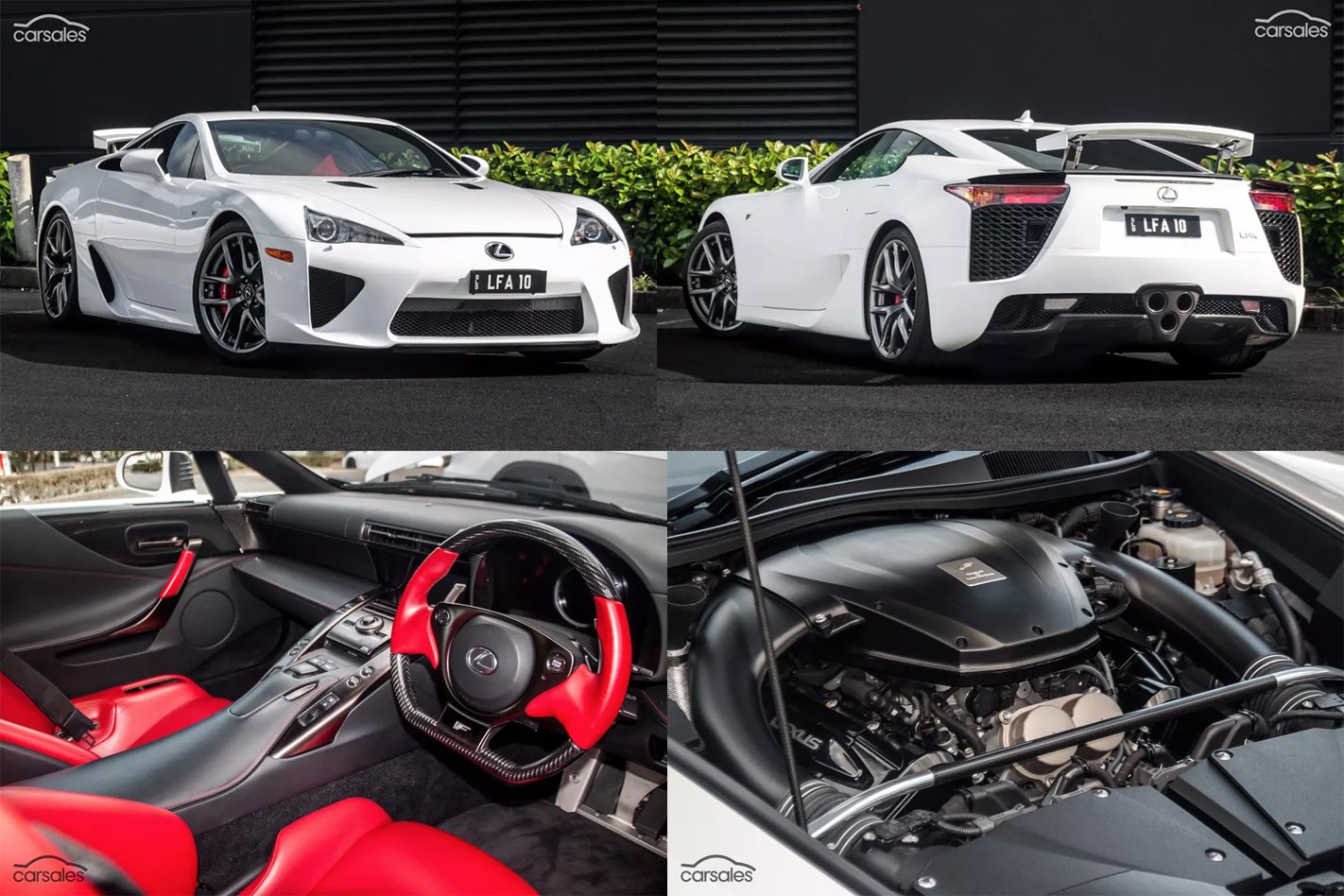 News
NewsLexus LFA for sale in Australia with $1m+ price tag
One of the best sounding cars you can buy is up for sale, but it’ll cost you a fair whack


